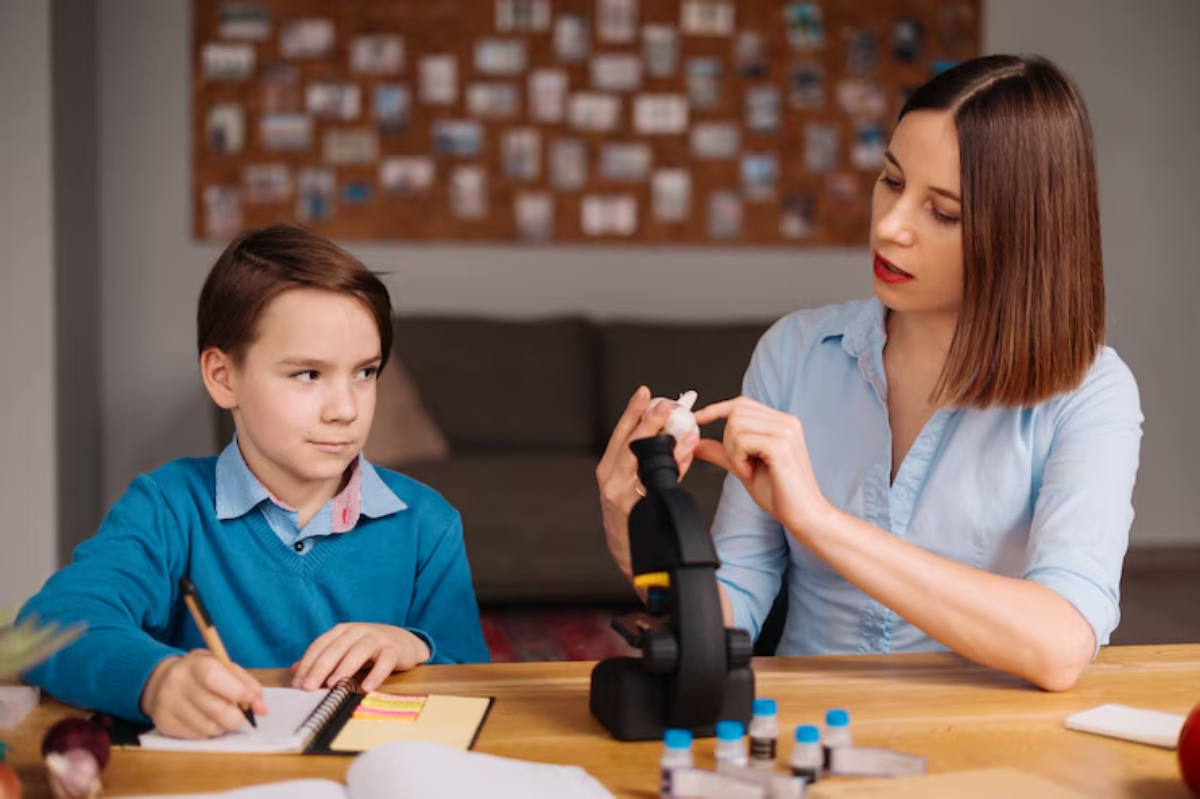
Homeschooling Children with Autism: Best Curriculum Choices
Homeschooling can be a powerful alternative for children with autism. It allows for a personalised pace, learning style, and sensory-friendly environment that traditional classrooms often struggle to provide. But choosing the right autism homeschool curriculum can be overwhelming. There are many options, and not all are suitable for every child’s needs.
This guide will explain how to homeschool an autistic child and explore some of the best special education homeschool programs available. You’ll also find helpful tips for creating a supportive learning environment at home.

Why Choose Homeschooling for an Autistic Child?
Homeschooling offers several benefits to children on the autism spectrum:
- Customised Learning: Lessons can be tailored to your child’s interests, strengths, and challenges.
- Flexible Scheduling: Learning doesn’t have to happen between 9 and 3. You can take breaks as needed.
- Sensory Control: Home provides a more predictable, calmer environment.
- Fewer Social Pressures: Children with autism may find social situations challenging. Homeschooling removes many stressors.
Parents also report better emotional well-being and more positive learning experiences for their children.

What to Look for in an Autism Homeschool Curriculum
Every child with autism is different. There’s no one-size-fits-all solution. However, when homeschooling an autistic child, here are key things to consider:
1. Visual and Hands-On Learning
Many autistic children are visual or tactile learners. Choose programs that offer:
- Videos or visual aids
- Interactive lessons
- Manipulatives and hands-on activities
2. Clear Structure and Routine
Consistency helps children with autism thrive. Look for curricula that:
- Follow a predictable format
- Offer daily or weekly plans
- Include visual schedules or checklists
3. Flexibility
You’ll want the ability to:
- Skip or slow down lessons
- Repeat topics when needed
- Modify assignments based on your child’s development
4. Life Skills and Social-Emotional Learning
A good special education homeschool curriculum should include lessons beyond academics:
- Personal hygiene
- Communication and emotional regulation
- Social interactions (through role-play or guided activities)
5. Parental Support and Resources
As the educator, you’ll need help too. Choose programs with:
- Detailed guides or lesson plans
- Support groups or communities
- Customer service or educational consultants

Top Autism-Friendly Homeschool Curricula
Here are several tried-and-tested options that work well for families homeschooling an autistic child:
1. Time4Learning
- Online platform with interactive, multimedia lessons
- Self-paced learning and clear visuals
- Parent dashboard for easy tracking
Why it works: Its flexibility and visual content make it a strong fit for many autistic learners.
2. Moving Beyond the Page
- Literature-based and project-based curriculum
- Emphasises creativity and critical thinking
- Offers options for visual and hands-on learners
Why it works: Ideal for children who enjoy stories, projects, and discovery learning.
3. ACE (Accelerated Christian Education)
- Although religious, it offers structured, self-guided lessons
- Suitable for children who prefer repetition and routine
Why it works: Predictable format and workbook-based learning can reduce anxiety.
4. ABLLS-R
- Designed specifically for learners with developmental delays
- Focuses on language, social interaction, and self-help skills
Why it works: Excellent for non-verbal or minimally verbal children.
5. Simply Classical by Memoria Press
- Tailored for children with special needs
- Classical education approach with incremental steps
Why it works: It builds confidence and skills slowly, with lots of repetition.
Tips for Homeschooling a Child with Autism
Beyond choosing a curriculum, your teaching environment matters too. Here are practical tips:
- Create a Calm, Organised Space: Reduce noise and clutter. Use soft lighting and sensory-friendly seating.
- Use Visual Schedules: Let your child see what’s coming next. Pictures and charts work wonders.
- Break Tasks Into Small Steps: Avoid overwhelming your child. Offer short tasks and reward progress.
- Incorporate Interests: If your child loves trains, include trains in reading, maths, and science lessons.
- Track Progress Flexibly: Use checklists or learning journals instead of formal grades.
Additional Support Options
Sometimes, you may need outside help. Don’t hesitate to explore:
- Therapists (speech, occupational, ABA)
- Online Tutors or Co-ops with special needs experience
- Support Groups for parents of homeschooled autistic children
- Educational Consultants for personalised guidance
Also, look into your province’s or state’s homeschool laws regarding special education services.
Helping Siblings Understand Autism
When homeschooling a child with autism, it’s important to consider the impact on siblings. Include them in learning when possible, and offer age-appropriate explanations about autism. This builds empathy and understanding.
- Encourage shared activities that both children enjoy
- Give siblings their own focused time with you
- Celebrate differences and strengths in every family member
Understanding goes a long way in fostering harmony at home.
Tracking Progress with Portfolios
Instead of relying on tests, many families use portfolios to track a child’s homeschool progress. A portfolio might include:
- Photos of completed projects
- Samples of writing or art
- Notes on what your child has learned
This flexible method works well for children who don’t perform well under pressure but learn deeply through experience.
Planning for Transitions
Change can be challenging for autistic children. Whether you’re switching curriculum or adjusting your schedule, give advance warning and visual cues when possible.
- Use social stories to prepare for new routines
- Transition slowly between tasks
- Reinforce routines with charts or timers
Building predictability into your homeschool day helps reduce anxiety and supports smoother learning sessions.
For more information, read our blog about top homeschool programs for dyslexia support.
Tailoring Education to Your Child’s Strengths
Choosing the right autism homeschool curriculum isn’t just about meeting academic goals but nurturing your child’s potential. Homeschooling offers the chance to meet your child where they are and help them grow at their own pace.
You don’t have to get it perfect from day one. It’s okay to try something and change it later. What matters is building a learning environment that supports your child’s unique needs and makes space for joy, curiosity, and growth.
Do you have questions or want to share your own experience? Leave a comment.


